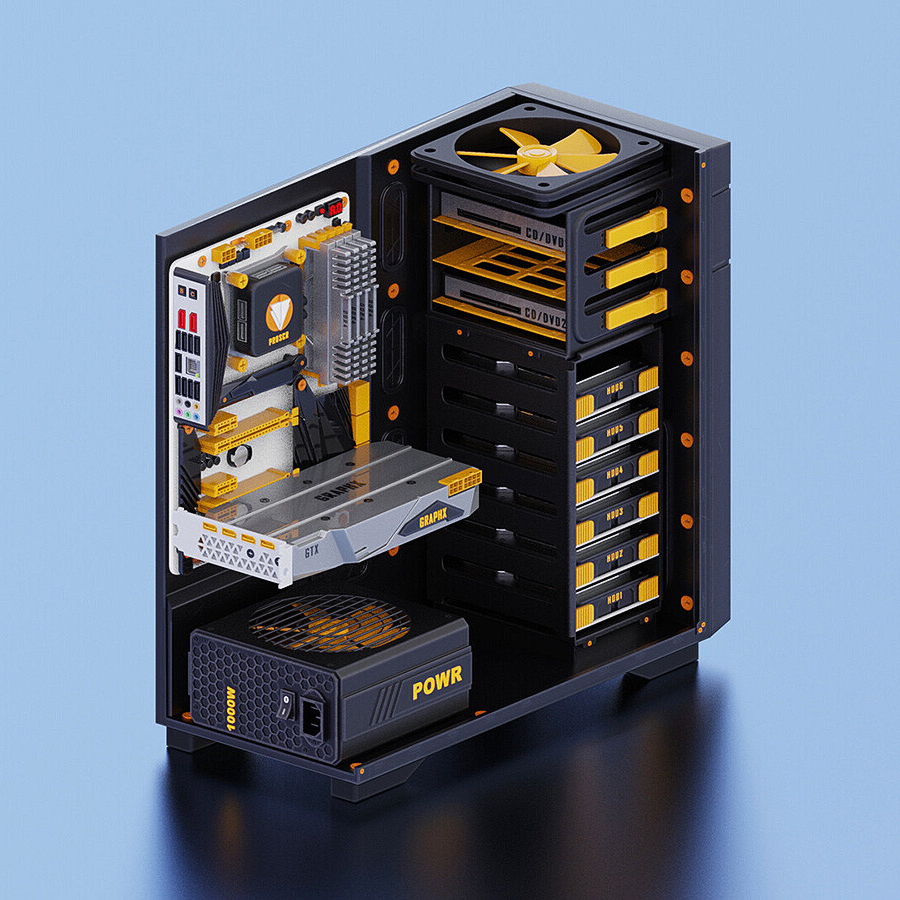

I own a repair shop and use USB to SATA adapters all the time. Sector scans, imaging/cloning, and booting live environments.
It has less to do with the medium and more to do with the quality of your chosen adapter.
I have one of the adapter you pictured, ordered it to test it out because it was comparatively low cost. Did not order more.
I have about a dozen of the Sabrent adapters and they see daily use.








You should, it’s quite powerful and can work in tandem with both DMDE and UFS Explorer!
Power cycling the drive reboots and reinitializes it. I’ve mostly seen it with SSDs - you get a few dozen MB worth of reads before it drops out, unplugging and reconnecting a SATA power connector that many times would be real tedious so you automate it with a relay.